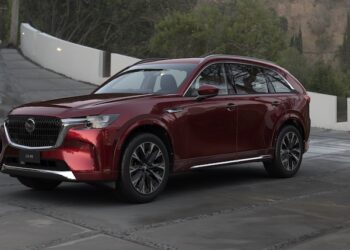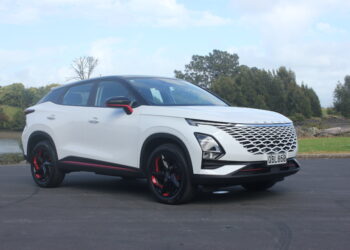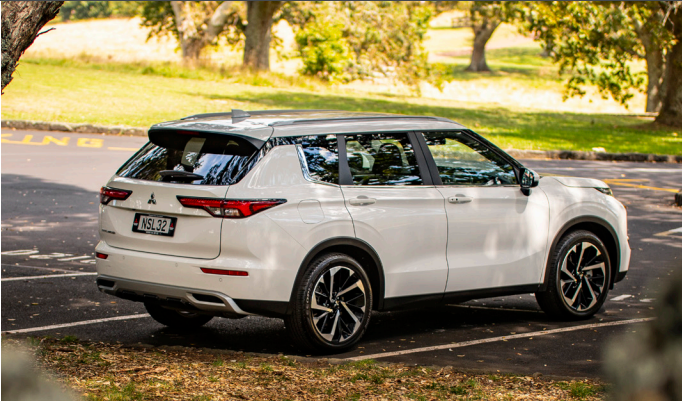
The Mitsubishi Outlander is a cemented mainstay in the Kiwi new-car market, thanks in part to a surge in interest from fleet buyers pursuing the nameplate’s undeniable value.
Now, with the Outlander’s popularity having grown to the point that it rivals the Toyota RAV4’s position as the country’s most popular passenger car, a new one has arrived. We mean ‘new’ too. This is the first all-new Outlander in more than 15 years. In short, it’s a big deal.
It’s worth acknowledging that a lot of the Outlander’s current market success comes down to dealers running out the old model for sharp prices. Nevertheless, Mitsubishi appears keen to continue the Outlander’s bang-forbuck legacy through its replacement.
THE RANGE
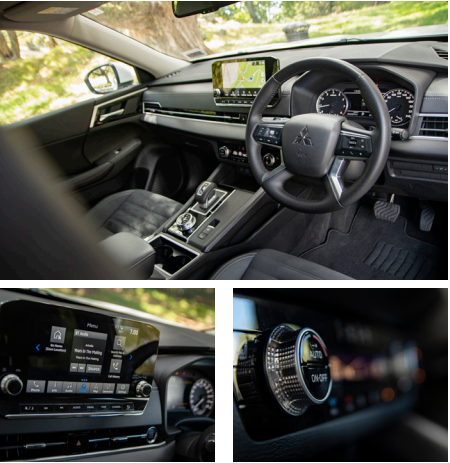
The current range of petrol-powered models (the marque has phased out diesel options) starts at $41,990 for the Outlander LS, topping out at $54,990 for the Outlander VRX 4WD. Somewhere in the middle is this XLS 4WD grade, currently sporting a special launch price of $49,990.
Plug-in hybrid models will join this line-up later in the year, starting with the LS PHEV and its special introductory $59,990 sticker price and extending all the way to the $79,990 Outlander VRX PHEV; Mitsubishi clearly pricing the models so that they all fit under the Government’s $80,000 Clean Car Discount threshold.
The LS and XLS models are the most likely to resonate with fleet buyers regardless of what’s under the bonnet, with user-choosers the most likely to be tempted by the VRX’s additional whistles and bells.
THE LOOK
Stepping back from the spec sheet and simply looking at the Outlander inside and out, it’s apparent that this is a significant progression over the last model, particularly when it comes to design. The new Outlander takes the last model’s surprising penchant for comfort and complements it with some well needed aesthetic change.
The exterior represents a visual progression from the Outlander’s smaller cousin, the Eclipse Cross. Front- and side-on, you get one of the more distinctive and handsome (and huge) iterations of Mitsubishi’s ‘Dynamic Shield’ grille, matched only on the size front by the big 20-inch wheels. The back end isn’t as striking, looking plain apart from the bumper’s silver diffuser section.
The aforementioned wheels are an XLS addition, and will result in higher tyre replacement costs down the line. Those concerned with this will likely welcome the LS’s more sensible, more comfortable 18-inch wheels.
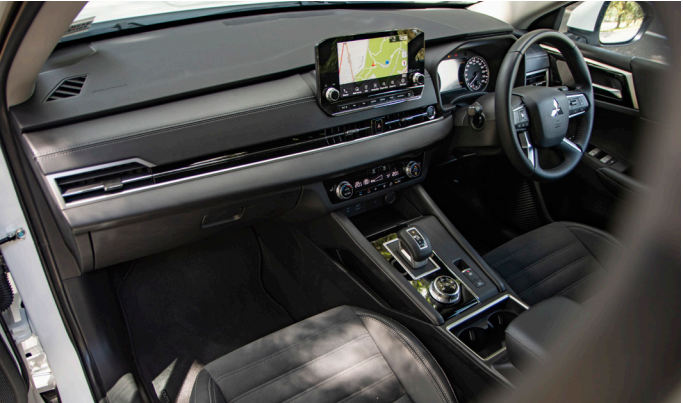
INSIDE
Beyond the all-important sticker price, the other numbers the Outlander needs to impress with are boot space and towing. The ‘U’ in SUV stands for ‘utility’ after all, making these metrics all the more crucial. The new Outlander offers a commendable 651 litres of boot space and a slightly scratchier 1600kg towing rating.
That boot space number leads us to the Outlander’s leading party trick. As with the last model it’s a seven-seater. Few other SUVs in this segment have three rows, with the similarly priced and sized RAV4, Mazda CX-5, Kia Sportage, and co all featuring just two rows of seats.
Inevitably the third row is really only ideal for kids, but regardless it remains a huge selling point for the Outlander. It doesn’t compromise room in the second row, either, which features a generous amount of space across the seat, air conditioning vents, and USB points. Perfect for charging the kids’ iPads.
Up front, the Outlander feels more expensive than the $49,990 sticker suggests. Material quality feels as good as anything else in class, with plush soft-touch elements and detailed switchgear to be found all over the handsome cabin space.
There’s plenty of premium features, too, including triple-zone climate control, wireless phone charging, and an electric driver’s seat. The new infotainment system (paired with Android Auto and Apple CarPlay) is a significant step up on the last one, too. It’s worth acknowledging that the digital cluster originally planned for the model has been replaced with a part-digital, part-analogue cluster due to the ongoing international chip shortage.
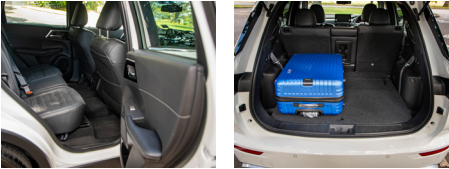
THE DRIVE
You get so much value in the Outlander that something has to give somewhere, and in this case that something is the driving experience. Under the bonnet is a 2.5-litre petrol producing 135kW and 245Nm, paired to a CVT. Because the Outlander is quite a hefty character, the performance this four-cylinder delivers can be best described as steady.
Entirely adequate for most motorists, particularly in this segment, but nothing special. For those wanting oomph, waiting for the PHEV to arrive might be the best bet.
Ride is another mixed bag. For the most part it’s comfortable and soft. Drive the Outlander on more challenging surfaces, however, and ride quality can be a little jiggly. It’s not all gloom, though. The Outlander’s brakes are excellent. And those considering it for its all-wheel drive chops will be pleased to know that Mitsubishi’s automated AWD system is one of the best in class.
SAFETY
The Outlander is a performer when it comes to safety, too. Mitsubishi has thrown everything bar the kitchen sink at the model’s safety and driver assistance suite. Full driver, passenger, side, curtain, knee, and centre front airbags all feature. It gets adaptive cruise control, lane keeping, blind spot assist, autonomous emergency braking, and much more, too.
It’s no surprise that the Outlander was recently awarded a five star ANCAP safety rating.
OUR VIEW
Ultimately, the new Outlander is a vast upgrade on the outgoing model, and an SUV that makes an awful lot of sense to private and fleet buyers alike. Some, like the Hyundai Tucson, offer a better chassis. And the RAV4 and Skoda Kodiaq have superior powertrains. But none offer the space and value of the Outlander.





